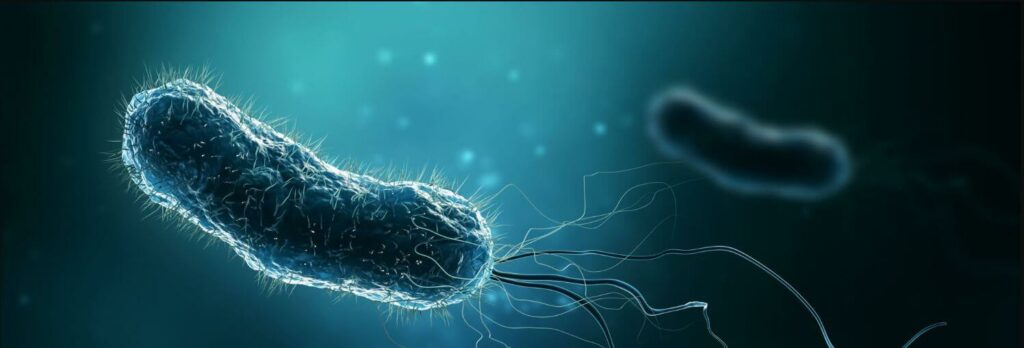Helicobacter pylori are bacteria in the gastric mucosa and are associated to various digestive illnesses. Its spiral morphology is recoverable via bacteriological cultures in a Microbiology laboratory.
In some people, infection is asymptomatic, whereas in others it may lead to digestive illnesses of considerable importance. There are genetic factors enabling the predisposition to develop an illness, whilst at the same time there are environmental factors like: socioeconomic conditions, smoking and diet. Bacteria pathogenicity factors may also influence development of the illness.
When H.pylori colonize the stomach mucosa this may cause superficial gastritis or in time lead to a peptic ulcer or atrophic gastritis, which is prior to developing a gastric tumour. Although rare, it may occasionally lead to the onset of a MALT type gastric lymphoma.
Several scientific consensus meetings on infection via the bacteria have been held. Treatment guidelines combine two or three antimicrobials together with an antiulcer compound (proton pump inhibitors “PPIs”) enabling the pH to change so the antimicrobials can work.
A triple treatment prescription including a PPI is usually recommended. Should this treatment fail, a second treatment of the same composition should be avoided. In the event of bad results with several empirical treatments, a microbiological study (gastric biopsy) should be considered prior to starting a new treatment.
Treatment failure may be due to factors related: to the same, inherent in the patient or characteristics of the H.pylori strain.
There are invasive (gastric biopsy) and non-invasive (not requiring a gastric endoscopy) methods for diagnosing the infection.
The decision to use one method or another depends on the intended target (epidemiological, diagnostic or follow-up), likewise the patient’s characteristics (H.pylori prevalence, age, and prior medication among others).
One should bear in mind at all times, that any method may be useful in diagnosing the infection (with diverse sensitivity and specificity); however, a biopsy enables determination of illness type.
The stool antigen study stands out among the non-invasive methods, where said technique can detect the H.pylori antigen in a stool sample. This enables establishment of an initial diagnosis, verification of treatment in 4 to 6 weeks followed by a check for re-infection.
Said technique provides highly valuable information, which is both, very easy to obtain and preserve prior to its use.
In the event of a bad sequential response to empirical treatments, the culture of a gastric biopsy is essential to reach a diagnosis through knowledge of the sensitivity of the antimicrobials tested.

 Español
Español Português
Português
¿Quieres recibir noticias como ésta en tu email?
Suscríbete a la newsletter